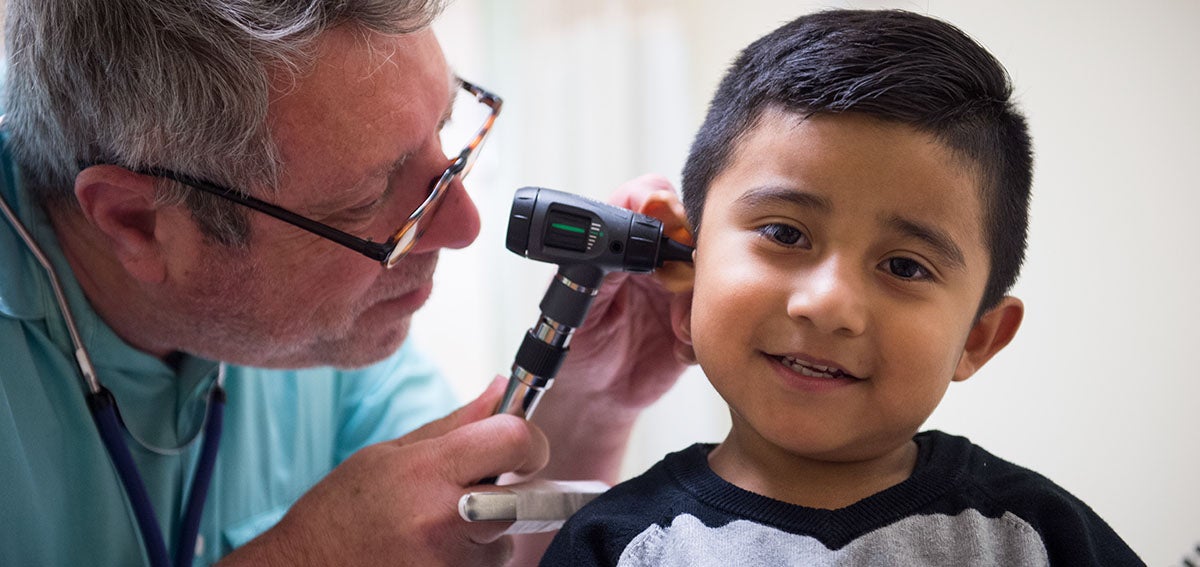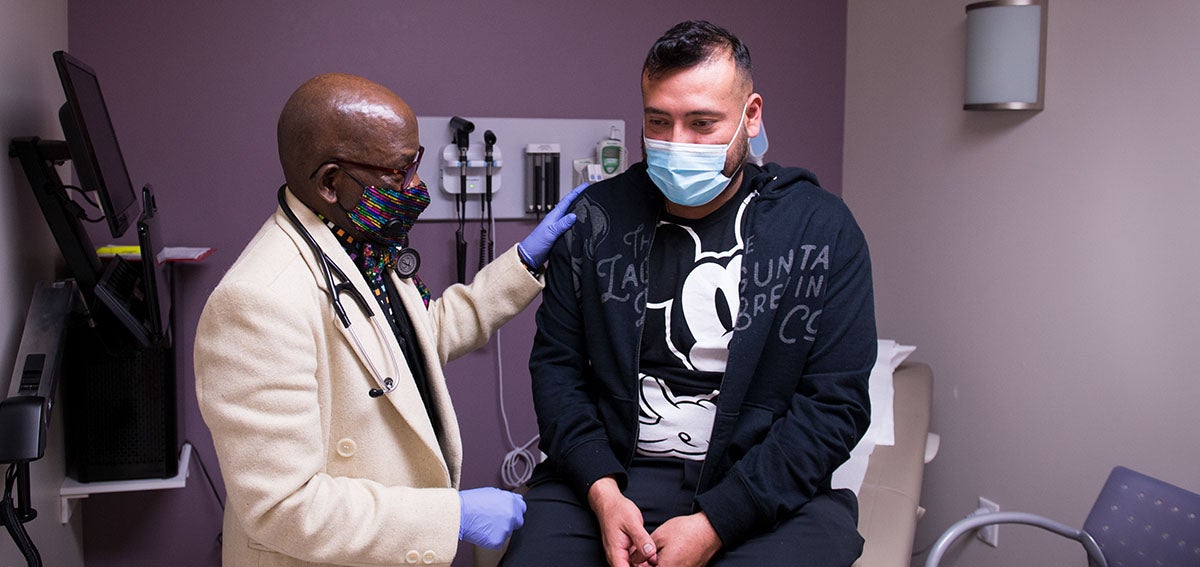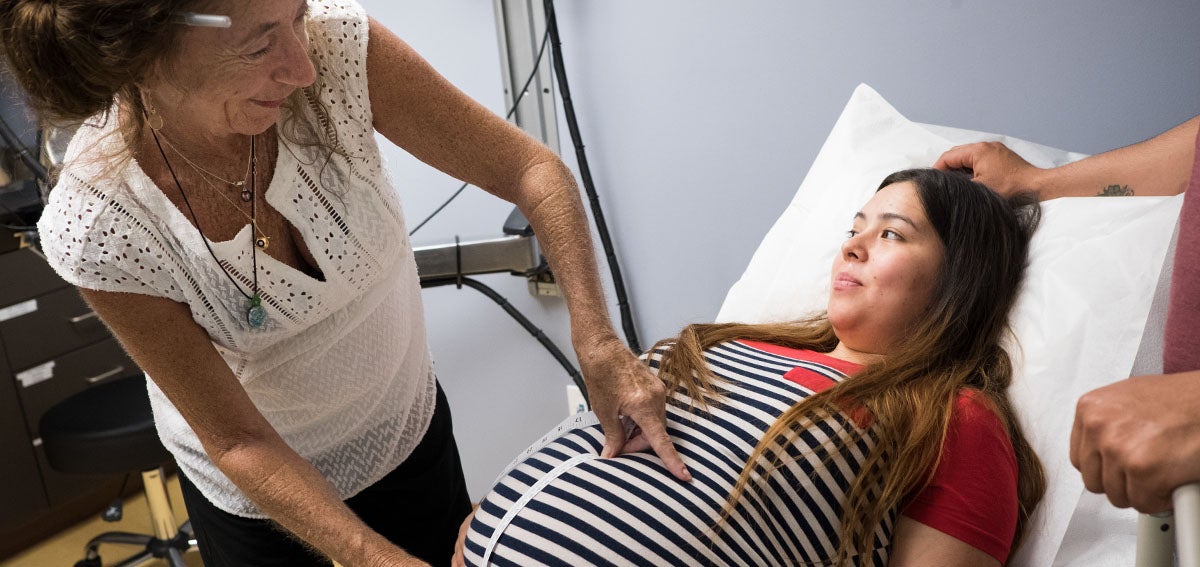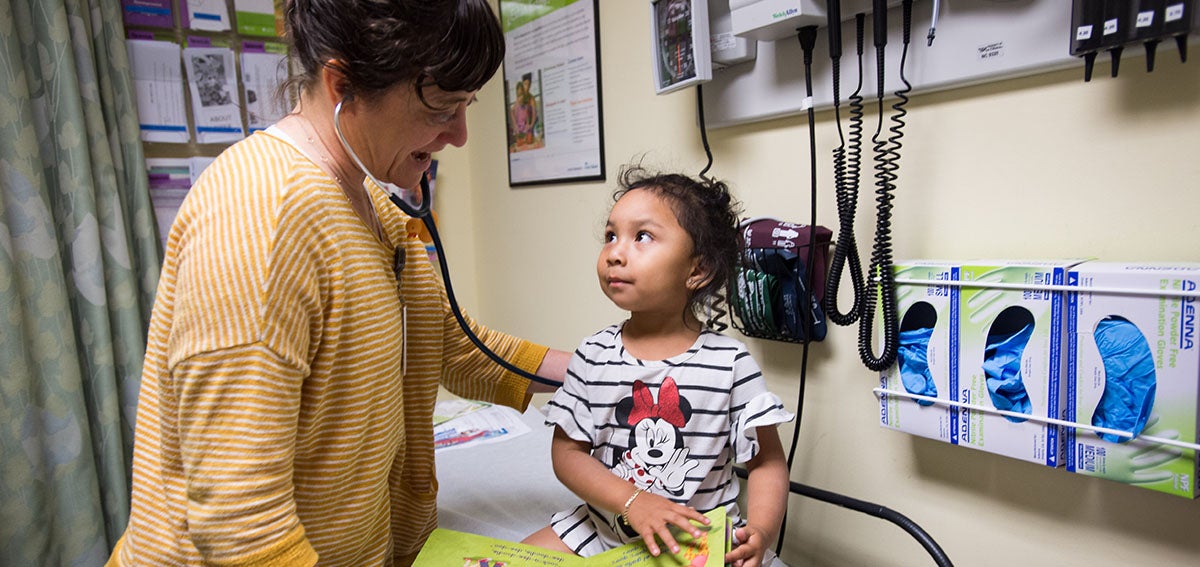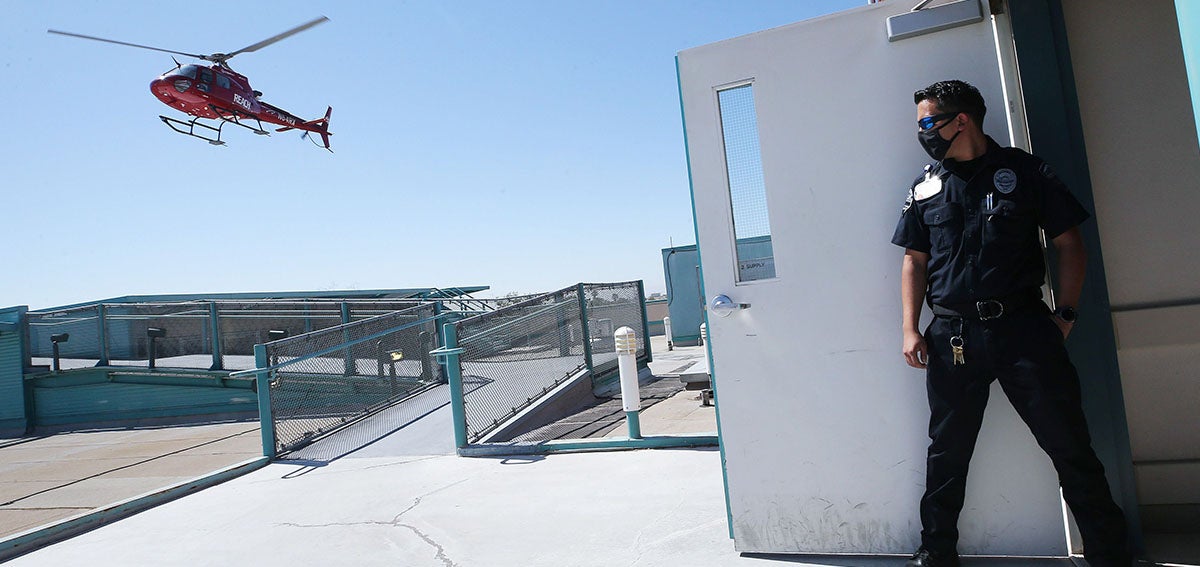
The pandemic is taking a staggering financial toll. A KFF (Kaiser Family Foundation) analysis found that the total cost of treating unvaccinated COVID-19 patients in US hospitals was $5.7 billion over the last three months, CNN reported. In California alone, fighting COVID-19 has cost taxpayers “at least $12.3 billion since the start of the pandemic,” Barbara Feder Ostrov wrote in CalMatters in July.

While these costs are ultimately borne by anyone who pays health insurance premiums or taxes, people facing high out-of-pocket medical bills related to COVID-19 are becoming more common. Insurance companies across the country have been reinstating cost sharing for people being treated for the disease. Seventy-two percent of large health plans have stopped waiving COVID-related cost sharing for patients, KFF found.
The bills that COVID-19 patients may face will vary depending on where they are treated and their insurance plan’s cost sharing — but most treatment done in a hospital setting is particularly expensive. The Medicare program, for example, pays hospitals $21,752 over an average stay of 9.2 days for the average enrollee hospitalized with COVID-19, according to an August study in the Annals of Internal Medicine. Many people living with long COVID, a range of health problems experienced four or more weeks after an infection, find that their expenses continually pile up.
Just getting to the hospital for COVID-19 care can be cost prohibitive. Very expensive before the pandemic, air ambulances remain unaffordable to many but have been used with some frequency. Early in the pandemic, for instance, one COVID-19 patient was billed $52,112 for a critical airlift transfer to a hospital 20 miles away. These trips are not uncommon. The company that issued the $50,000 plus bill, for instance, told New York Times reporter Sarah Kliff that it had transported 3,300 coronavirus patients between the beginning of the pandemic in early 2020 through fall 2020.
Insurers Now Treating COVID-19 Like Other Diseases
In addition to costs of care, some insurance companies are no longer covering all COVID-19 tests, such as routine school or workplace testing for asymptomatic COVID-19 infections. Insurance plans “are now treating COVID more like any other disease, no longer fully covering the costs of care,” Kliff reported this month. In other words, more patients are seeing an immediate financial hit from copayments and deductibles for COVID-19 care.
“Insurers are confronting the question about whether the costs of COVID treatment should fall on everyone, or just the individuals who have chosen not to get a vaccine,” Cynthia Cox, a KFF vice president who has researched how insurers are covering COVID-19 treatment, told Kliff.
Yet if someone becomes sick with COVID, treatment will need to be paid for whether the person is vaccinated, unvaccinated, or ineligible for vaccines, such as children under 12 years old.
“If you have a small kid who gets COVID at school and ends up at the ICU, that family is going to now be stuck with the bill even though that patient did not have the ability to get vaccinated,” said Kao-Ping Chua, MD, a pediatrician at the University of Michigan who researches COVID care costs. Chua recently found that the average bill for patients who have had to pay a share of their COVID-19 hospitalization was $3,800. “There were some patients where it was $10,000 and others where it was $500,” he said. “It gives you some semblance of what things will now look like without the waivers” for COVID-19 copayments.
Routine Testing Costs Surprise Families
CDC guidelines tell school districts that they should test students routinely for asymptomatic infections as part of a layered approach to preventing the spread of the virus in schools, especially among children under 12, who are ineligible for the vaccine. Large employers are required to test unvaccinated employees, according to the national plan President Joe Biden announced this month.
Some insurers, however, aren’t covering the routine testing, surprising patients who “have already received testing bills as high as $200 for routine screenings,” Kliff reported. Los Angeles-area parent Rebecca Riley told Kliff that she was very surprised by a lab bill for routine screening of her high-school-aged son: “I didn’t expect to get any bills. I feel stupid, but I’d heard the tests were free.”
Some schools are providing rapid tests for parents to use at home if their children develop symptoms. Marin County schools recently started a pilot program using rapid tests as a way to identify infections more quickly.
These screens remain more expensive than the cost of rapid tests in other countries, as Hannah Norman reported last week for Kaiser Health News. “At $10 or $15 a test, the price is still far too high for regular use by anyone but the wealthy,” Norman wrote.
Yet “in Germany, grocery stores are selling rapid COVID tests for under $1 per test,” Norman wrote. “In India, they’re about $3.50. The United Kingdom provides 14 tests per person free of charge. Canada is doling out free rapid tests to businesses.”
Earlier this month, Biden promised to use the Defense Production Act to make 280 million rapid COVID-19 tests available and to reduce the cost of the test by 35%. Though that is a significant reduction, the price is still far higher than in other countries.
The Price of Long COVID
People living with post-acute sequelae of the coronavirus infection, commonly referred to as long COVID, are perhaps most familiar with the devastating financial toll of the illness. Many are dealing with the debilitating symptoms of the syndrome and accompanying medical debt.
Heather-Elizabeth Brown, a 36-year-old corporate trainer who lives near Detroit, spent 31 days on a ventilator with COVID-19 in the spring of 2020 and has required medical care since.
Brown owed more than $250,000 for her treatment and was relieved when an anonymous donor paid off more than $54,000. “That’s a huge chunk out of the debt, but it’s still just a staggering amount,” she told Marketwatch reporter Meera Jagannathan.
Long-hauler Robin Lagua, a supermarket cashier, told Jagannathan that she’s slowly paying off $800 in medical bills. Because she’s seen little improvement from her doctor’s visits, the expense is frustrating. “I’m like, ‘Why am I paying these bills? I’m not getting answers,’” she said.
Nicole, a woman from the Washington, DC, area who asked that Jagannathan not use her last name, has been living with long-haul COVID for a year. She has paid off half of her $7,500 in medical debt. “You do sometimes feel like you’re put up against the wall of, ‘Do I go into more medical debt, or do I just suffer and hope things get better?’” Nicole said. “And I had health insurance.” She said some her symptoms improved after she was vaccinated.
Brown wonders if a vaccine would have saved her from long COVID if one had been available when she was infected. “I didn’t have that choice,” she said. “But there are people who do, and they don’t take it, and that’s sad.”
Authors & Contributors

Heather Tirado Gilligan
Heather Tirado Gilligan is a journalist who has written for publications including Slate, The Nation, CNN, and the Washington Post. Previously, she was executive editor of the California Health Report, a news nonprofit covering disparities in health and access to health care. Heather received a master’s degree in journalism from UC Berkeley and a PhD in English from Rutgers University, where she studied race in American culture.


